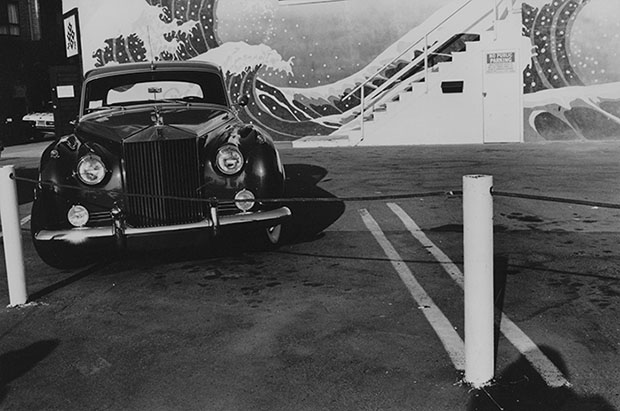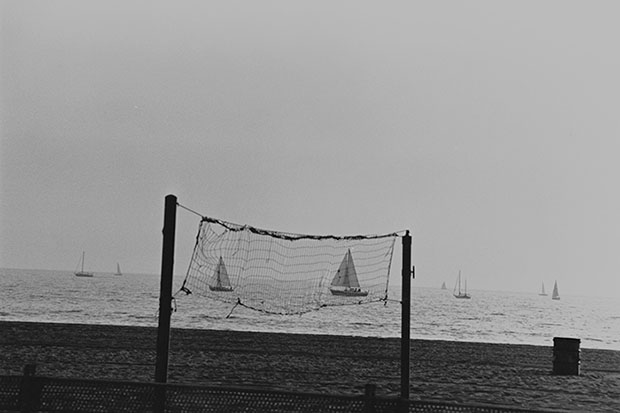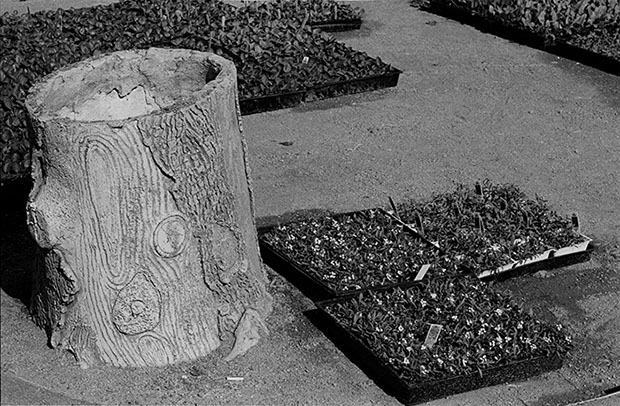
Seeing LA through Rauschenberg’s eyes
Do Rauschenberg’s Los Angeles photos suggest he could have been a great documentary photographer?
Though he was born in Texas and spent most of his adult life in New York and Florida, the West Coast played a key role in the artistic development of Robert Rauschenberg. Indeed, as Catherine Craft writes in our Phaidon Focus book, Rauschenberg was drafted into the US Navy in 1944, and stationed in San Diego.
“During a leave of absence,” Craft writes, “he visited San Marino’s Huntington Library, Art Collections and Botanical Gardens where he saw his first paintings, including Thomas Gainsborough’s The Blue Boy (c.1770). The sight of them came as a joyous shock, for he was made aware that such images were the creations of individuals: artists. He realised that he too could become an artist.”
Now Rauschenberg's estate is returning the favour, by lending the LA art institution 15 of the artist’s photographs of the city, which the Huntington has on display in its Virginia Steele Scott Galleries until June 2, 2015.

These pictures of LA all date from 1981, and are the product of Rauschenberg’s renewed interest in photography. He was, of course, a consummate multimedia artist, working in paint, sculpture, textiles and photography. Up until the 1980s Rauschenberg had taken his own photographs and also combined found imagery into his work. However, a lawsuit brought by a photographer alleging copyright violation around this time led the artist to abandon image appropriation, and concentrate instead on shooting his own pictures.
“In the years to come, Rauschenberg would use his photographs in printmaking projects and transfer their images to his paintings and sculptures,” Craft writes. “He would also exhibit and publish them as separate works of art, especially in the series called In + Out City Limits, which he dedicated to everyday life in such cities as Boston, New York and Los Angeles.”
The LA shots come from this series and, as the name suggests, capture the city’s margins. As the Huntington puts it, “Rather than looking to the architecture of freeway overpasses or focusing on obvious L.A. landmarks, he took the point of view of the pedestrian on side streets, in parking lots, and by the beach.”

Viewed on their own, the series seems to have more in common with street photographers like Elliott Erwitt and Joel Meyerowitz than they do with fine art imagery. Could Rauschenberg have made it as a documentary photographer? On the strength of these, it would seem so. Certainly, these uncanny images of everyday scenes confirm the artist’s chief ability: as Craft puts it “Rauschenberg gives us the possibility of seeing anew objects and images that we tend to overlook in our daily lives.”
For more on the show go here; for a richer understanding of this important 20th century artist buy a copy of our Phaidon Focus book, here.